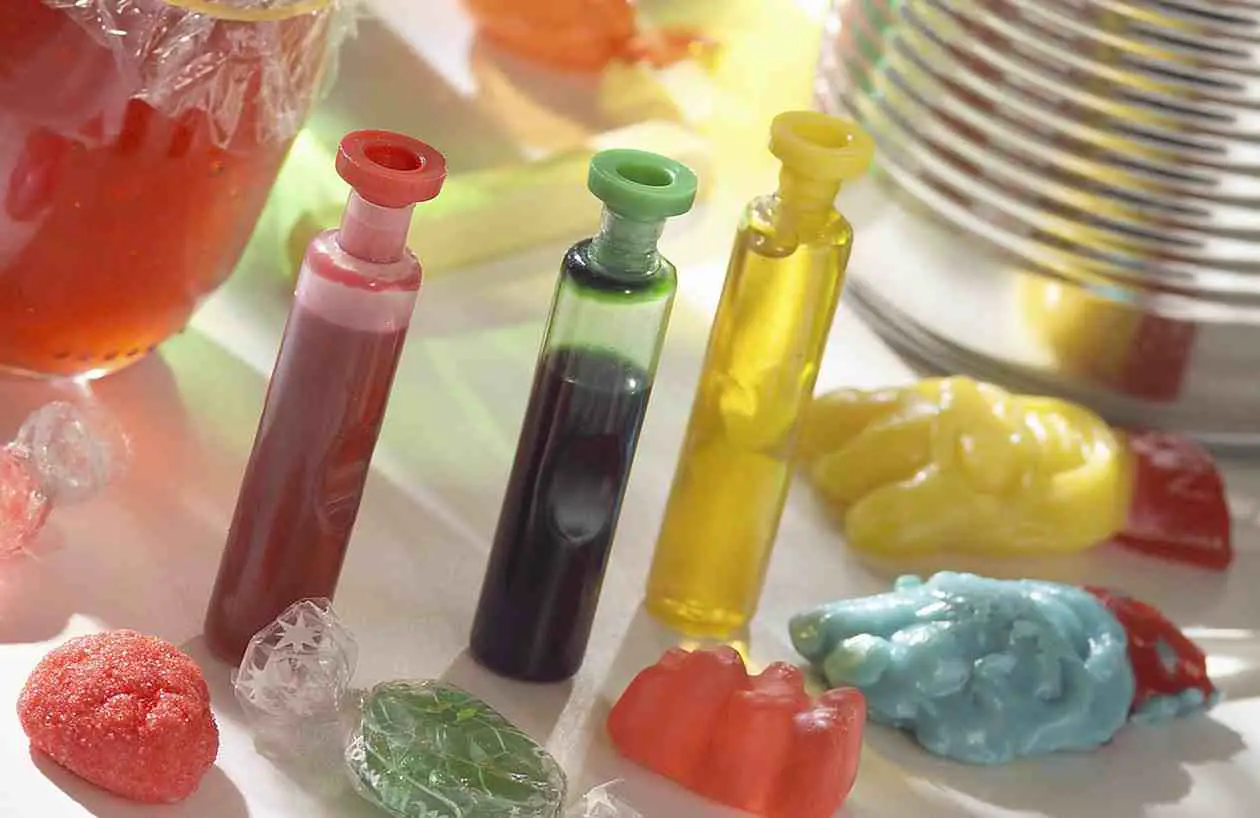Hangovers – we all hate them and we all have varying remedies for them. Some are passed down as ancient re medies, some are pharmaceutical quick cures and some are just plain “hair of the dog”. I will never forget my Grandfather downing a raw egg in the morning after a particularly vivacious evening on single malt whisky.
I will never forget my Grandfather downing a raw egg in the morning after a particularly vivacious evening on single malt whisky.
But, what causes the hangover? We all know that over indulging in your favourite tipple can have its side effects but recently rumour has it that it is not so much the alcohol that you are drinking – but what is in it.
There was the Austrian scandal in 1985 where wine producers used an antifreeze called diethylene glycol instead of a natural glucose sweetener on their grapes to cut costs. More recently there has been the exposé on South African wines containing flavourants.
Michael Fridjhon, a wine critic, wrote that flavourings were being used to give the characteristic green pepper nose to cheap South African Sauvignon Blancs, that blackcurrant flavouring was used in Cabernet Sauvignon and butterscotch in Chardonnay.
 Robert Joseph, editor of The Good Wine Guide, said practice was more widespread, “people in the trade talk about international flavouring companies offering plum for Merlot as well as gooseberry for Sauvignon…”
Robert Joseph, editor of The Good Wine Guide, said practice was more widespread, “people in the trade talk about international flavouring companies offering plum for Merlot as well as gooseberry for Sauvignon…”
KWV were forced to pour away 67,000 litres of wine as methoxypyrazines were found in the wine, which were responsible for the herbaceous flavour in their Sauvignon Blanc.
The flavourings and additives are synthetic versions of the compounds found naturally in such wine s so they are very hard to detect and police. Personally I think that labelling should be better controlled so that you can see at a glance what is in it. If I want blackcurrant in my Cabernet Sauvignon I will make a fruit punch and not waste my money on wine that I am led to believe is a pure product!
Personally I think that labelling should be better controlled so that you can see at a glance what is in it. If I want blackcurrant in my Cabernet Sauvignon I will make a fruit punch and not waste my money on wine that I am led to believe is a pure product!
Of course there are additives in wine that are part of the process that has been going on for centuries. Sulphur being one of them. It is used to stop fermentation before all the sugar is used up to make a sweet wine rather than a dry one.
It is common practice today to adjust the acidity in New World wines by adding either tartaric acid before fermentation or citric acid after. New World wine makers almost always prevent any “wild” yeasts on the grapes from starting the fermentation. Instead they ch oose a pure yeast culture.  The vineyards of France generally have a sufficient natural population of benevolent yeasts to start the fermentation without help. As Hugh Jonson says “indigenous yeasts are part of the precious individuality of the vineyard.”
The vineyards of France generally have a sufficient natural population of benevolent yeasts to start the fermentation without help. As Hugh Jonson says “indigenous yeasts are part of the precious individuality of the vineyard.”
And that is the point really. Precious individuality. When you buy a bottle of wine you are not just buying a liquid, you are buying a heritage. You are buying the grape, the soil it grew in, the sunshine and rain that swelled the grape, the men and women who made it, the cellars that aged it – all that rolled into one glass. I don’t want to look down into my glass and wonder what chemical tweaking has been done to it. Nor do I want to suffer hangovers caused by those chemicals.

